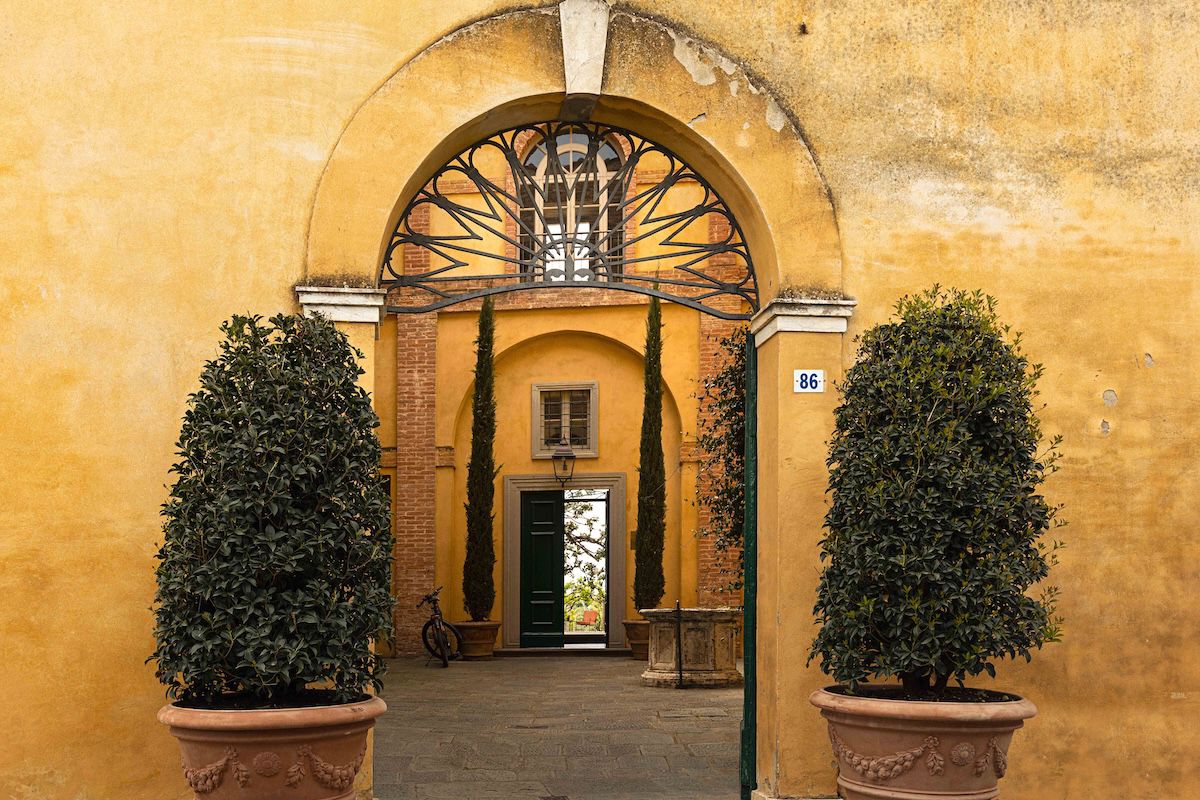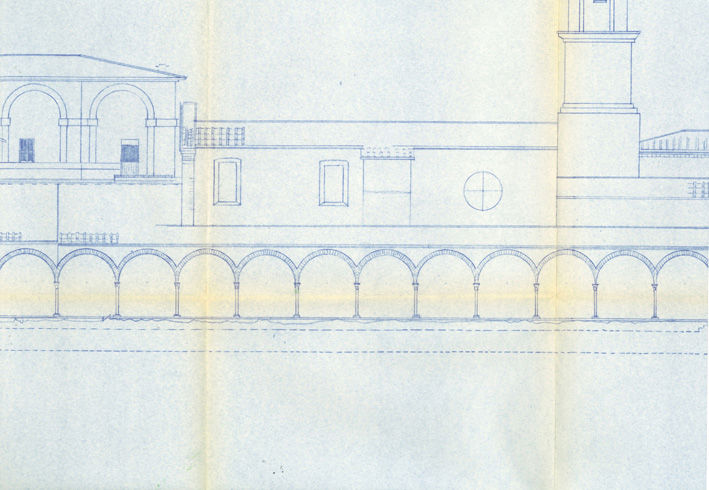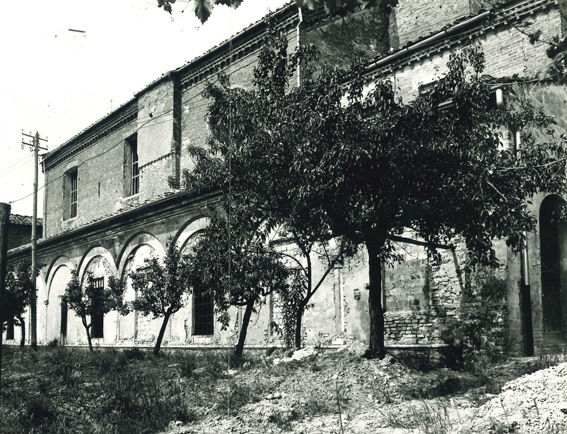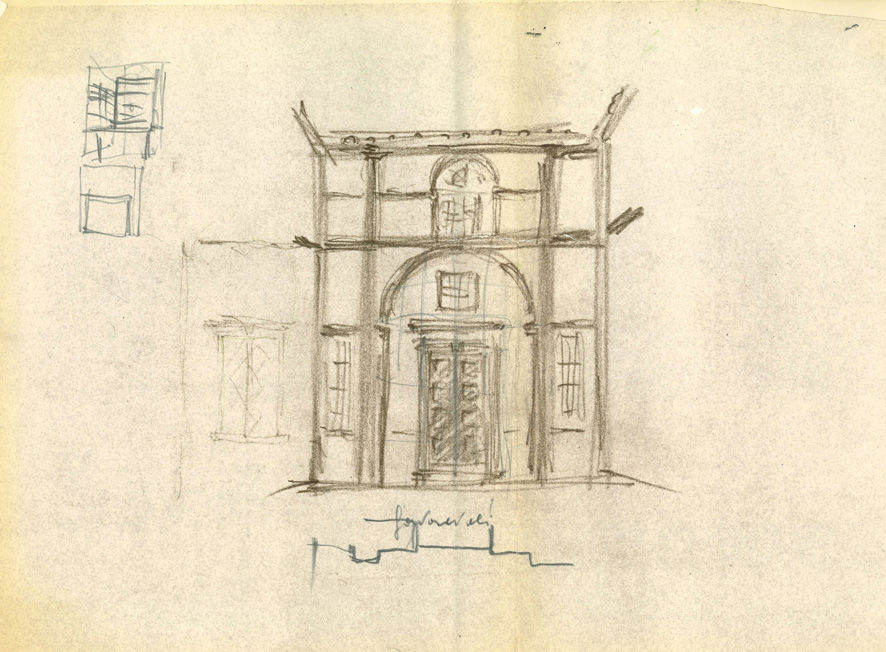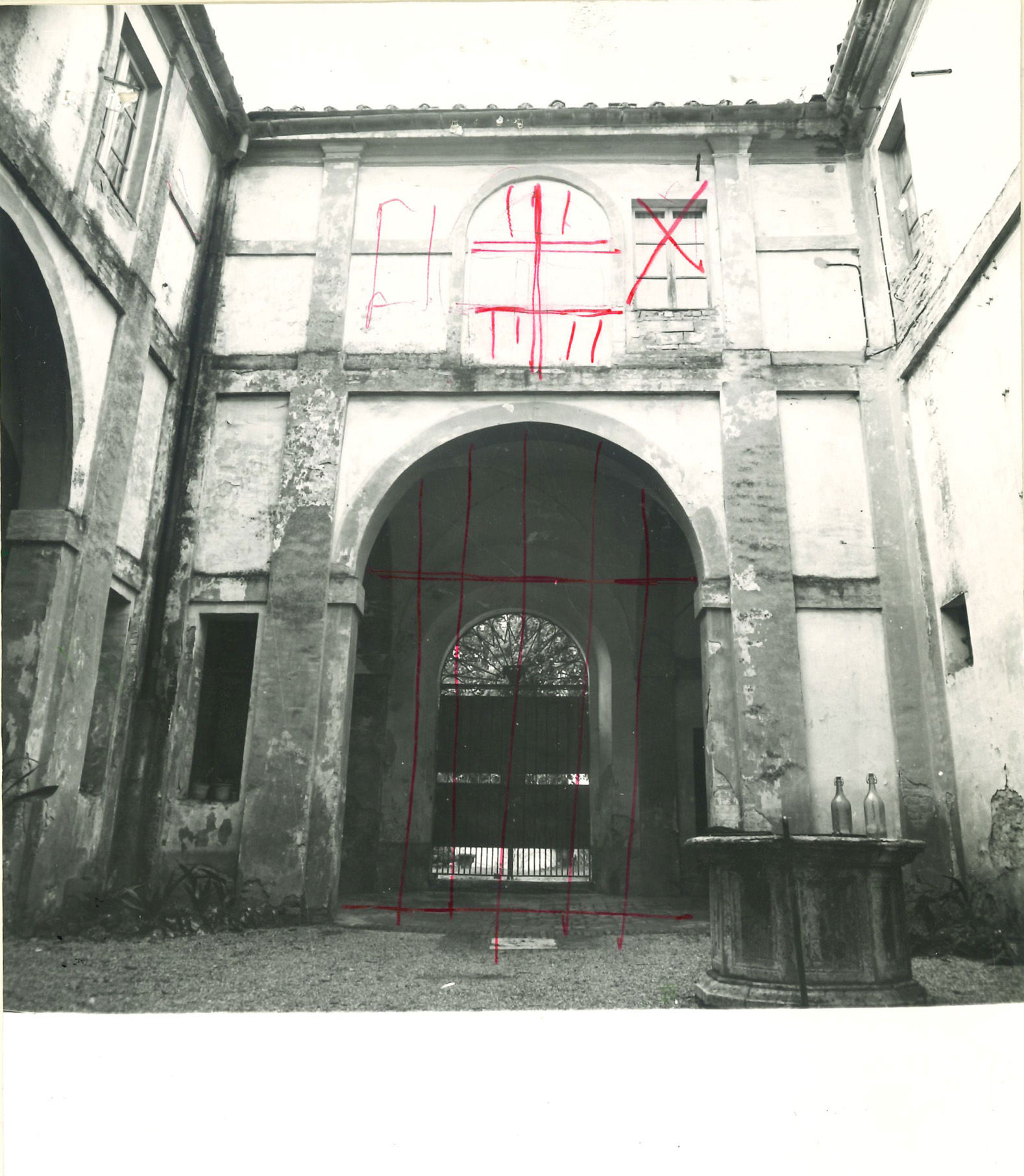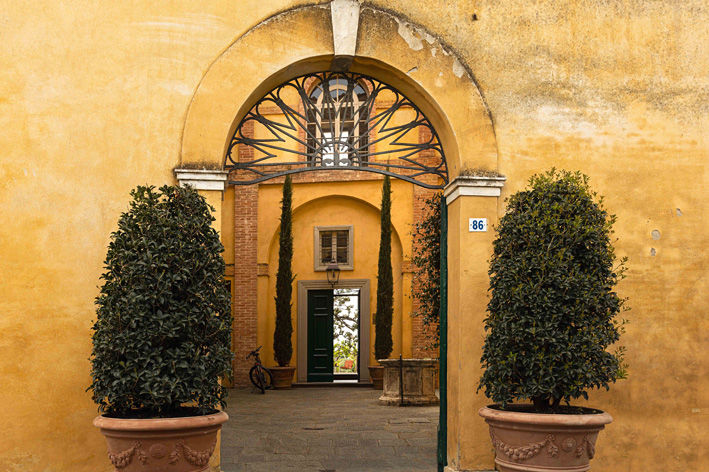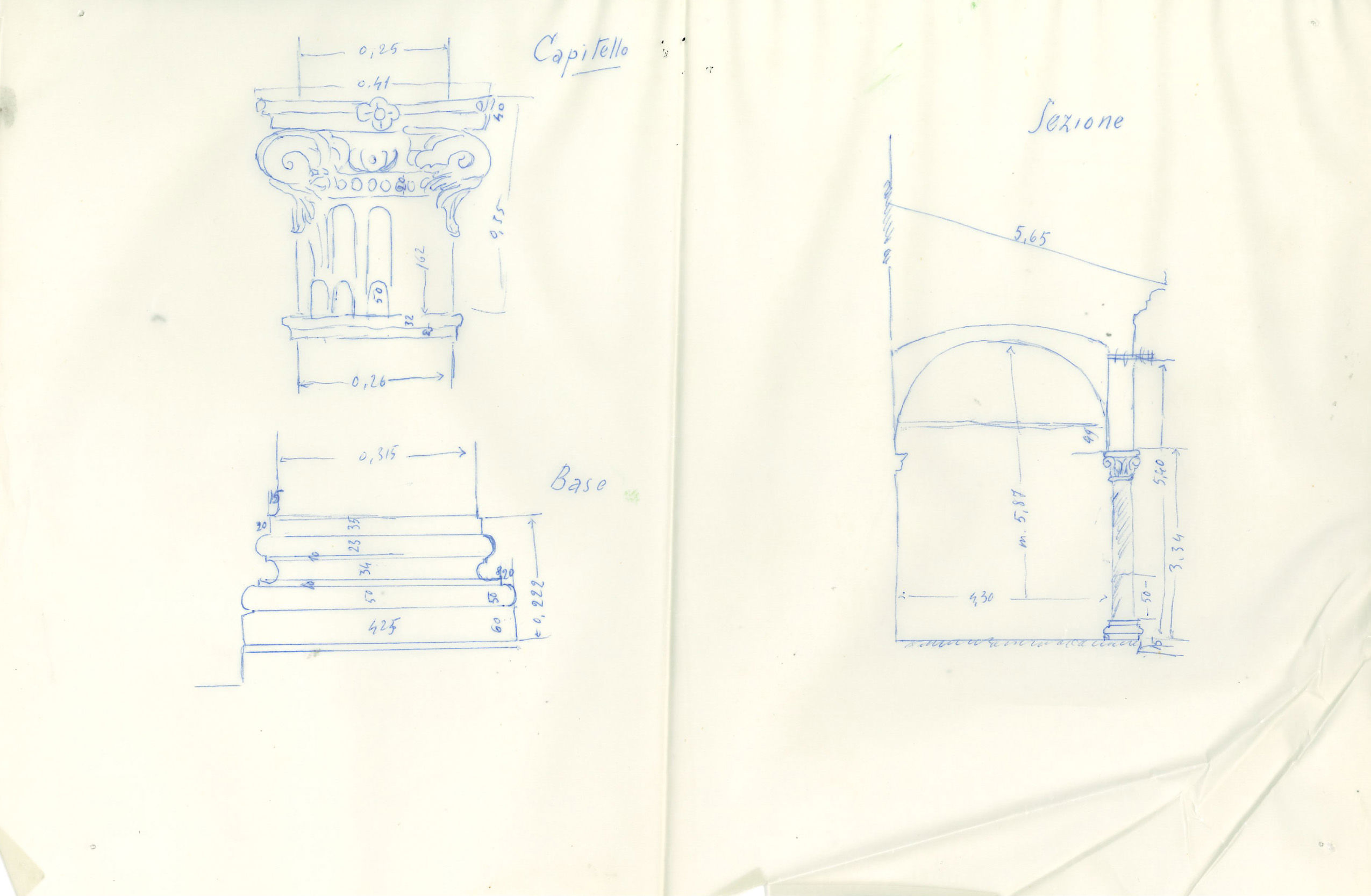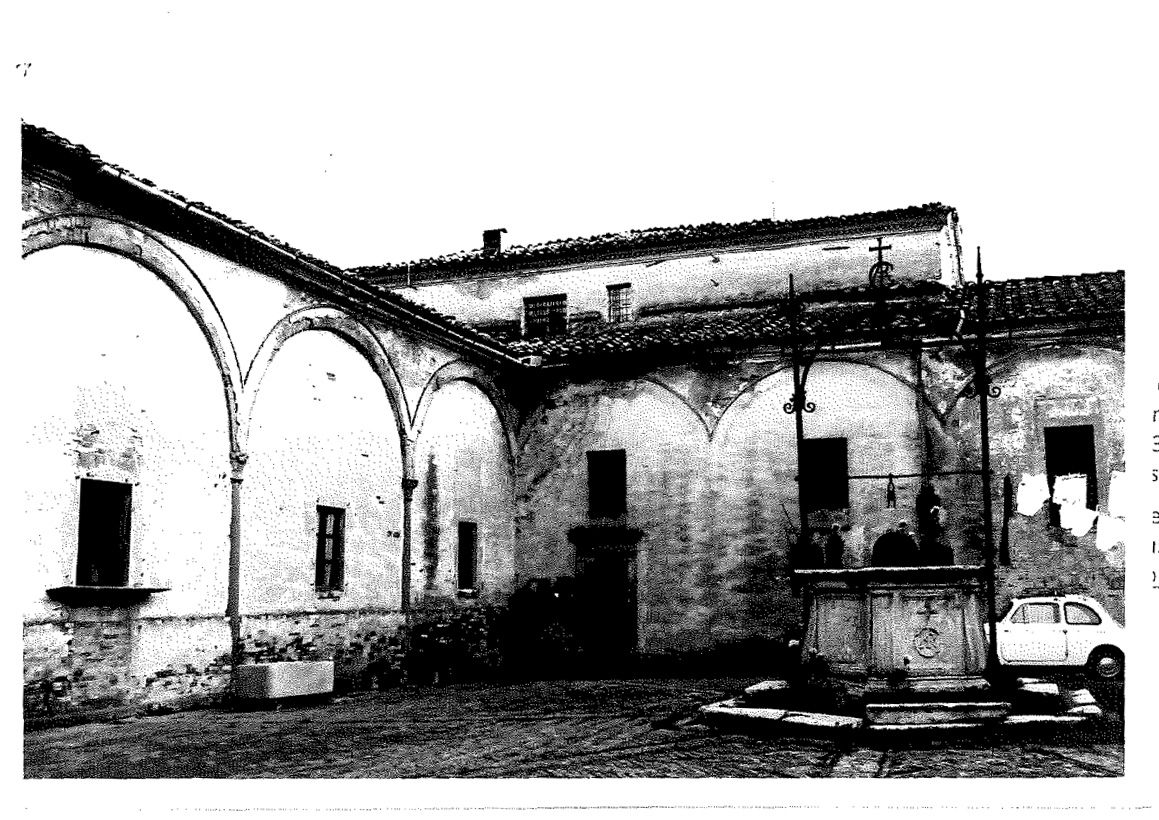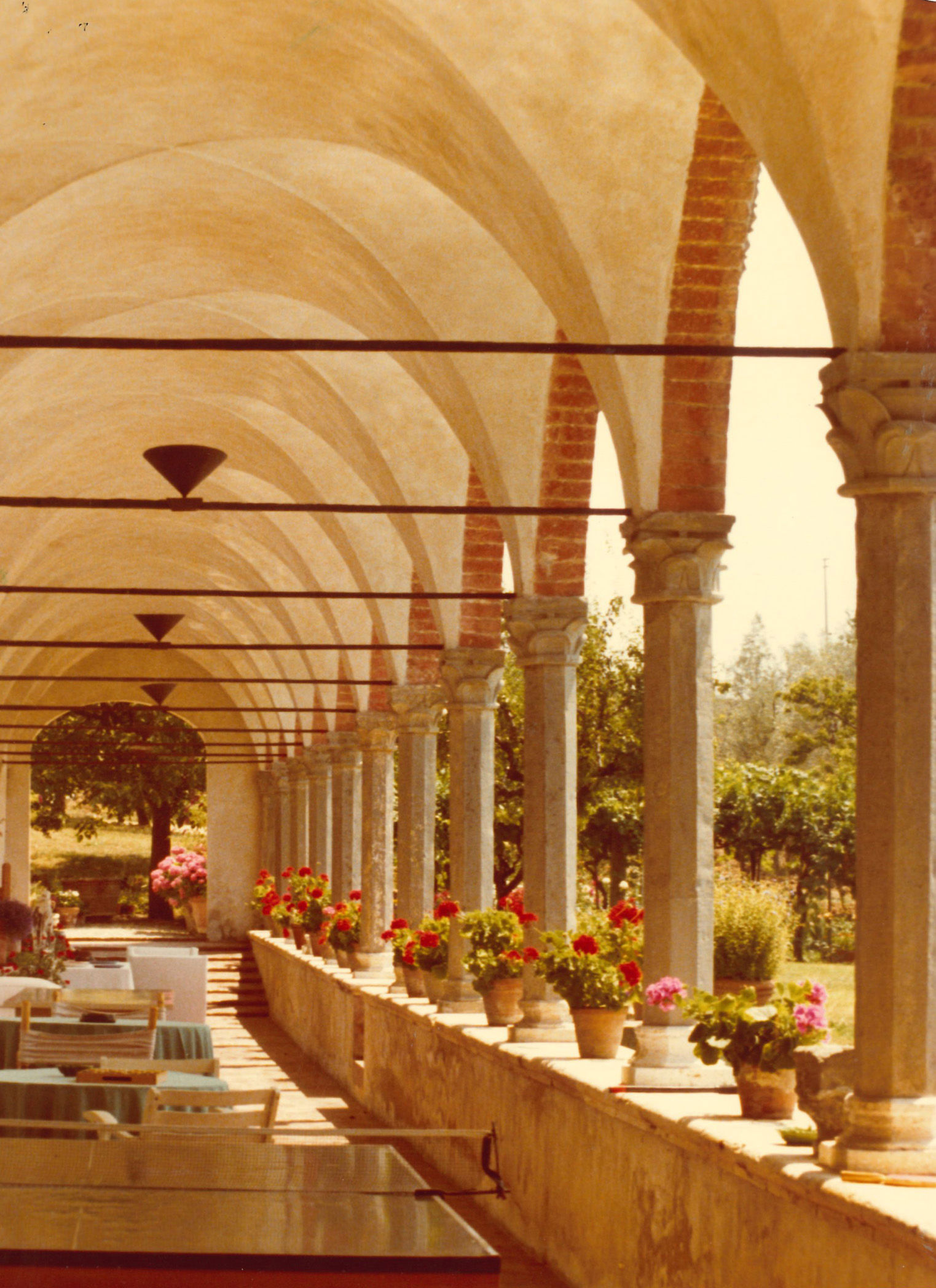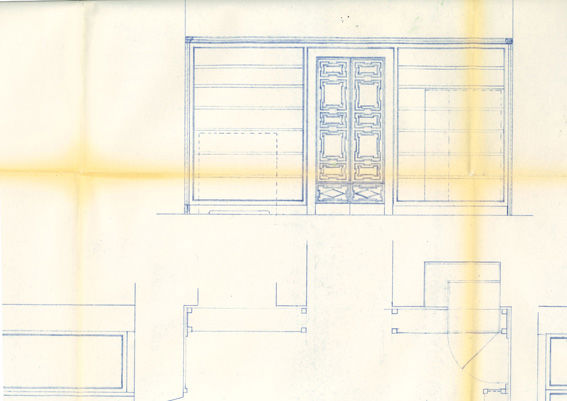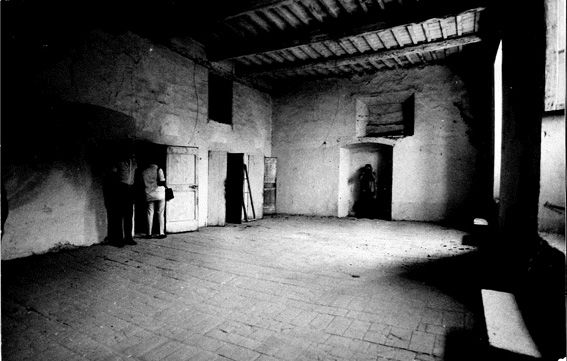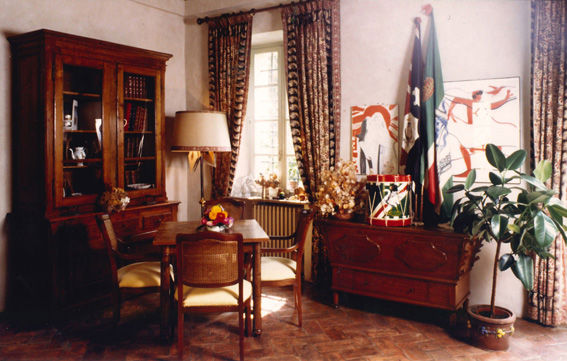Heritage
Heritage: Age is Just a Number
Tucked among the gentle hills of the Tuscan countryside, La Certosa di Maggiano is more than just a boutique hotel—it is a sanctuary of soft elegance, history, and transformation. Founded in 1314 by Cardinal Riccardo Petroni as a haven for Carthusian monks, the Certosa echoed with centuries of devotion, prayer, and contemplative life.
The monastery, built in harmony with the land, was surrounded by olive groves, medicinal herbs, and gardens cultivated by the monks themselves. Art and culture flourished here, supported by noble Sienese patrons. Frescoes and sacred architecture blended to create a celestial fusion of beauty and faith.
However, like all great stories, La Certosa faced adversity. Over time, secular change swept through Europe, and in 1782, under Grand Duke Leopold II, the monastery was dissolved. Though the monks were exiled, the church remained, echoing the prayers of centuries past. Over the following centuries, an evolving community of 30 inhabited the Maggiano neighborhood and curated life amongst the original monastery walls.
In the 1960s, when a new chapter began.
The untold story of Certosa lies not in its monastic past but in the vibrant family life and creative community it hosted in the '70s to '90s. Anna Ricordati bought the building in 1969, enchanted by its potential despite it being in ruins. She had deep connections in Milan’s intellectual and artistic circles, including friendships with Zeffirelli and the designer Renzo Mongiardino, who helped restore the Certosa using traditional techniques and salvaged materials.
The house quickly became a hub for artists, intellectuals, and friends. It was a mix of family chaos and refined aesthetics. The transformation was hands-on and heartfelt, with every floor tile and paint color carefully chosen. Notable guests—actors, designers, politicians—visited regularly. Monica Vitti, Alberto Sordi, Franco Zefferelli and President Pertini roamed through its halls.
A balance between the left-leaning artistic circles of Anna and Adalberto Grossi’s conservative academic career created a unique space where beauty, hospitality, and culture were shared freely. The Certosa was a living stage, constantly evolving, yet always rooted in her mother’s vision of accessible, authentic beauty.
To this day, La Certosa remains true to its soul: It welcomes guests into a timeless, intimate atmosphere, offering inspiration and tranquility to make each visitor to feel right at home.


